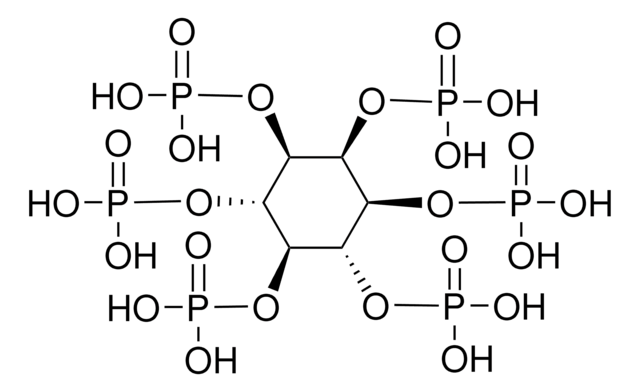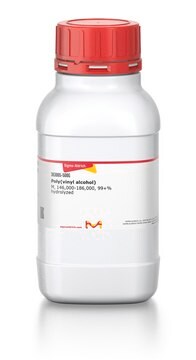About This Item
Recommended Products
vapor pressure
1 mmHg ( 100 °C)
Quality Level
Assay
≥98%
form
powder
quality
anhydrous
sublimed
reaction suitability
reagent type: catalyst
core: aluminum
impurities
≤0.005% heavy metals (as Pb)
pH
2.4 (20 °C, 100 g/L)
mp
190 °C (lit.)
anion traces
sulfate (SO42-): ≤500 mg/kg
cation traces
Fe: ≤200 mg/kg
SMILES string
Cl[Al](Cl)Cl
InChI
1S/Al.3ClH/h;3*1H/q+3;;;/p-3
InChI key
VSCWAEJMTAWNJL-UHFFFAOYSA-K
Looking for similar products? Visit Product Comparison Guide
Application
- The coagulation process for virus removal in turbid water: Explores the use of aluminum chloride in the coagulation process to remove both enveloped and non-enveloped viruses, including SARS-CoV-2 Omicron BA.2, from turbid water. This research is crucial for environmental lab technicians and researchers in academia focusing on water treatment and public health safety (Maneein S et al., 2024).
- Enhancing pollutants removal in hospital wastewater: Compares PAC coagulation and bio-contact oxidation methods in wastewater treatment, underscoring the impact of outdated plants and the role of aluminum chloride in enhancing pollutant removal efficiency. This study is essential for environmental scientists and engineers tasked with upgrading and optimizing wastewater treatment processes (Kang Y et al., 2024).
- Comparing the effects of Al-based coagulants in waste activated sludge anaerobic digestion: Analyzes methane yield, kinetics, and sludge implications when using aluminum-based coagulants, providing valuable insights for environmental engineers and material scientists interested in resource recovery and sustainable waste management (Pasciucco F et al., 2024).
Features and Benefits
Caution
Signal Word
Danger
Hazard Statements
Precautionary Statements
Hazard Classifications
Eye Dam. 1 - Skin Corr. 1B
Supplementary Hazards
Storage Class Code
8B - Non-combustible corrosive hazardous materials
WGK
WGK 1
Flash Point(F)
Not applicable
Flash Point(C)
Not applicable
Certificates of Analysis (COA)
Search for Certificates of Analysis (COA) by entering the products Lot/Batch Number. Lot and Batch Numbers can be found on a product’s label following the words ‘Lot’ or ‘Batch’.
Already Own This Product?
Find documentation for the products that you have recently purchased in the Document Library.
Customers Also Viewed
Our team of scientists has experience in all areas of research including Life Science, Material Science, Chemical Synthesis, Chromatography, Analytical and many others.
Contact Technical Service








